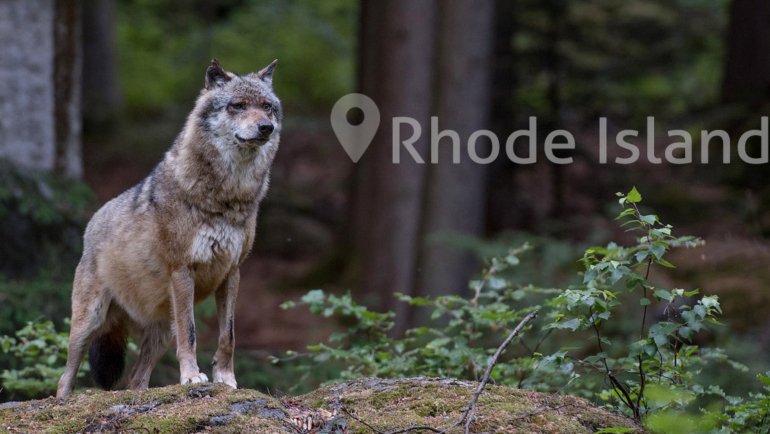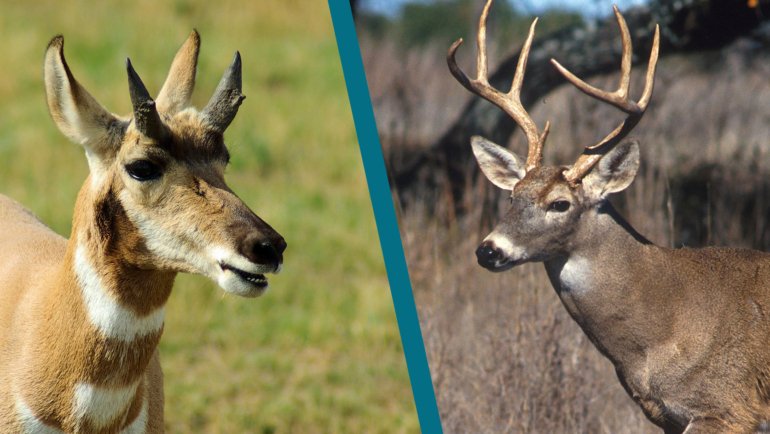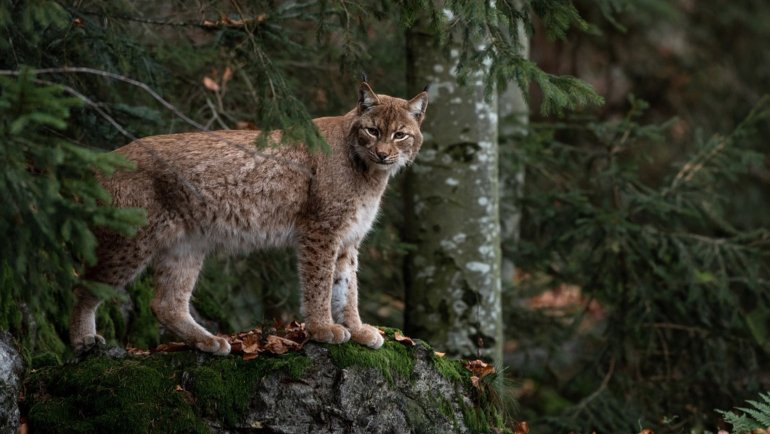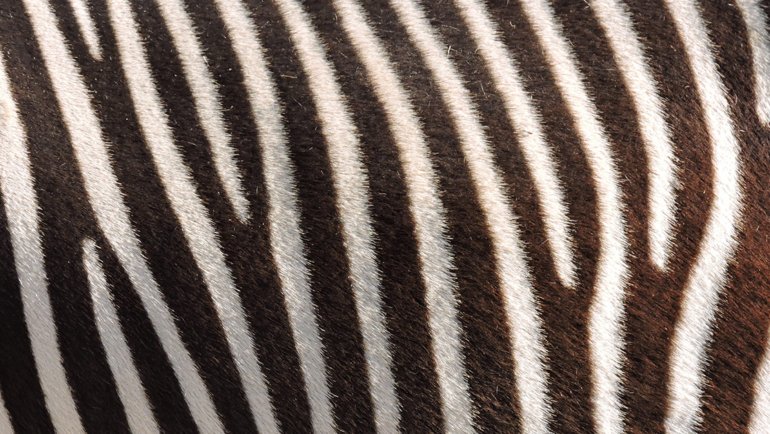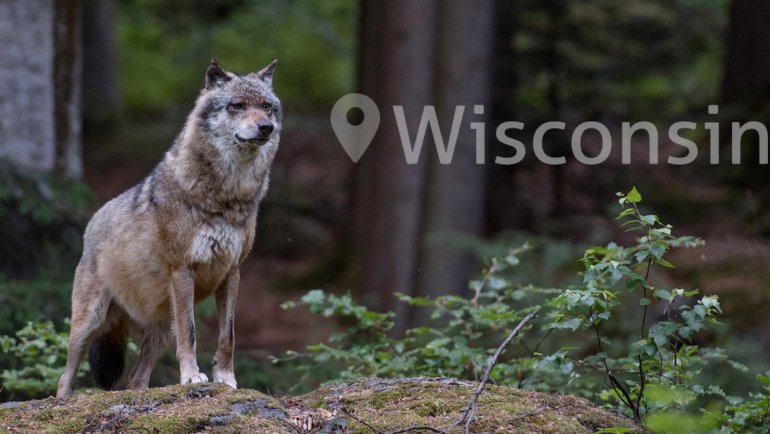The notion of domesticating zebras has intrigued and challenged humans for centuries. Unlike their equine cousins, horses, and donkeys, zebras have remained elusive to the domestication efforts. This resistance has painted zebras as enigmatic creatures, too wild to be tamed and too independent to be domesticated.
Throughout history, numerous attempts to domesticate zebras have been met with limited success, leading many to regard it as an impossible endeavor. This article explores the history, challenges, and implications of trying to domesticate these striped equids.
What Is Domestication?
Domestication is a process that involves selecting and breeding animals over generations to emphasize traits desirable to humans, like docility, productivity, or specific physical characteristics.
It is distinct from taming, which is simply the process of conditioning an individual wild animal to tolerate human presence and interaction. Successful domestication results in genetic changes in the animal species, adapting them to living alongside humans.
Examples of Domestication
To illustrate, consider the domestication of dogs from wolves or the transformation of wild aurochs into modern cattle. These processes took thousands of years and resulted in animals that are significantly different from their wild ancestors, both behaviorally and genetically.
In contrast, zebras, despite some taming attempts, have never undergone this extensive, selective breeding process to be truly considered domesticated.

Zebras in History
Zebras have coexisted with humans in Africa for millennia, featuring prominently in the continent’s folklore and art. However, their interaction with humans significantly differed from that of horses, which were domesticated around 6,000 years ago in Eurasia.
Attempts at Domestication
One of the most notable figures in the history of zebra domestication was Lord Rothschild, a famous British zoologist, who in the early 20th century famously drove a carriage pulled by zebras through London. His efforts, while demonstrating that individual zebras could be tamed, did not lead to a broader domestication of the species.
Similarly, various colonial administrators and explorers in Africa attempted to use zebras as draft animals, but these efforts were largely unsuccessful due to the zebras’ unpredictable nature and tendency towards aggression when confined or stressed.
Challenges of Domesticating Zebras
Physical and Behavioral Traits
The physical and behavioral traits of zebras present significant challenges to domestication. Unlike horses, zebras possess a strong, wild instinct that is difficult to breed out.
They are known for their unpredictable nature and tendency to panic under stress, making them hazardous to handle in close quarters. Zebras also have a powerful bite and kick, which they readily use against perceived threats, including humans.
Another obstacle is the zebra’s social structure. Zebras have a complex and fluid herd hierarchy, making it challenging to integrate them into the more rigid social systems typical of domesticated herds like horses or cattle. Additionally, zebras have evolved to be highly alert and skittish, a trait that is advantageous in the wild but problematic in domestic settings.
Comparison with Horses and Donkeys
In contrast, horses and donkeys, which were domesticated thousands of years ago, have developed a more docile nature conducive to human interaction. These animals have been selectively bred for characteristics like temperament, trainability, and physical attributes suited to labor or companionship.
The domestication process has also made horses and donkeys more adaptable to a variety of environments, unlike zebras, which are closely tied to specific habitats.

Modern Attempts and Perspectives
Recent Attempts
In recent years, there have been sporadic attempts to domesticate zebras, often driven by curiosity or the desire for novelty. Some private individuals have managed to tame individual zebras to a certain degree.
However, these instances are more akin to taming than true domestication, as they do not involve selective breeding over generations to change the species’ traits.
Expert Insights
Experts in animal behavior and conservation largely agree that the domestication of zebras is not only impractical but also potentially unethical. The process would require altering the very nature of these wild animals, something that could have unforeseen consequences for their welfare and survival.
Additionally, the question of necessity arises – with many domesticated species already fulfilling the roles that zebras would potentially be bred for, the justification for domesticating another species becomes less clear.
From an ethical standpoint, many argue that efforts should instead be focused on conservation and protecting the natural habitats of zebras. The fascination with domesticating zebras often overlooks the importance of preserving the species in their wild state, and maintaining the ecological balance they contribute to in their native savannas.
Conservation vs. Domestication
Prioritizing Natural Habitat Conservation
The conservation of zebras in their natural habitat is paramount for maintaining ecological balance and biodiversity. Zebras play a crucial role in their ecosystems, from grazing, which helps shape the vegetation structure, to being prey for predators like lions.
Protecting zebras in the wild involves preserving the vast landscapes of the African savannah, which is also home to a myriad of other species, both flora and fauna.
Conservationist Viewpoint Against Domestication
From a conservationist perspective, domesticating zebras is counterproductive to conservation efforts. It diverts attention and resources away from preserving these animals in the wild. Conservationists argue that the focus should be on protecting natural habitats and preventing poaching and habitat loss, rather than attempting to domesticate a species that thrives in the wild.
Additionally, domestication could potentially lead to a reduction in the genetic diversity of zebras, which is crucial for their adaptability and survival.
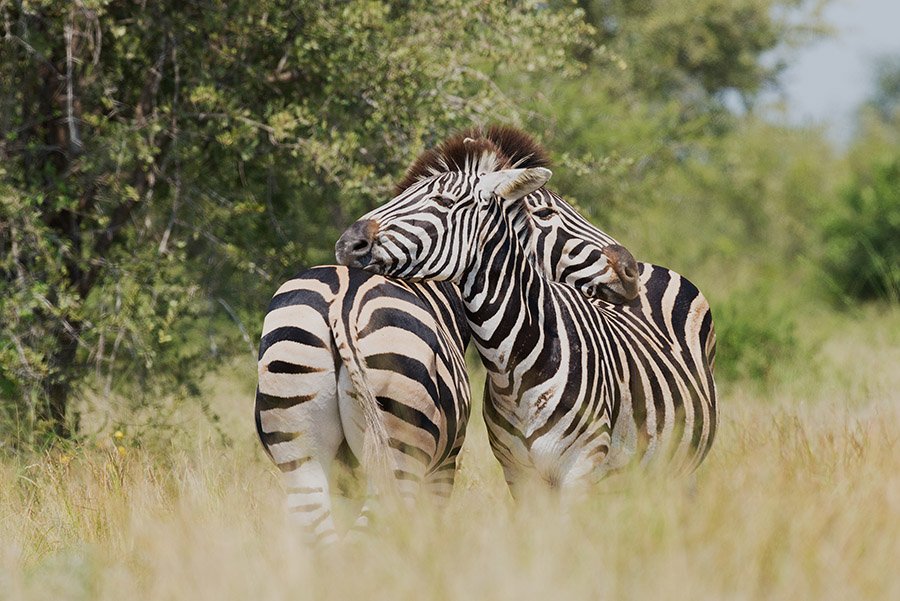
The Future of Zebra-Human Relations
The future of zebra-human relations lies more in coexistence and appreciation rather than domestication. Zebras can play significant roles in ecotourism, where they are protected in their natural habitats while contributing to local economies. Education and awareness programs can also help in fostering a deeper understanding and respect for these animals.
Technological and ecological advancements offer new ways to study and protect zebras. GPS tracking, drones, and advanced data analysis tools are becoming crucial in monitoring zebra populations and understanding their migration patterns.
These technologies also aid in anti-poaching efforts and habitat management. As our understanding of ecological systems deepens, it informs better conservation strategies, ensuring that zebras continue to thrive in the wild.
Frequently Asked Questions
Can zebras be domesticated like horses?
While individual zebras can be tamed to some extent, domestication, which involves selective breeding over many generations, is not practical or ethical due to their wild nature and the challenges it presents.
Why are zebras not domesticated?
Zebras have not been domesticated due to their unpredictable behavior, strong survival instincts, and the challenges of altering their natural social structures.
How are efforts to domesticate zebras different from conservation?
Domestication attempts focus on altering zebras for human use, whereas conservation efforts aim to protect zebras in their natural habitats and preserve their wild nature.
What is the importance of zebras in the ecosystem?
Zebras play a vital role in their ecosystems, from grazing that influences vegetation to serving as prey for predators, maintaining a balance in the savannah ecosystem.
What’s the future of human interactions with zebras?
The future likely involves coexistence, with a focus on conservation, ecotourism, and education, rather than domestication.

